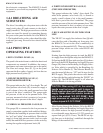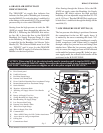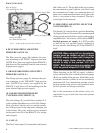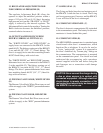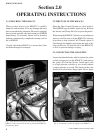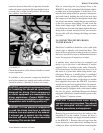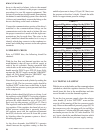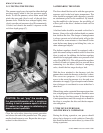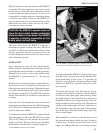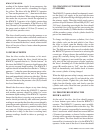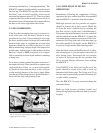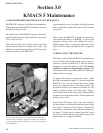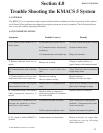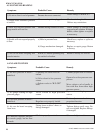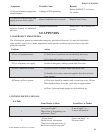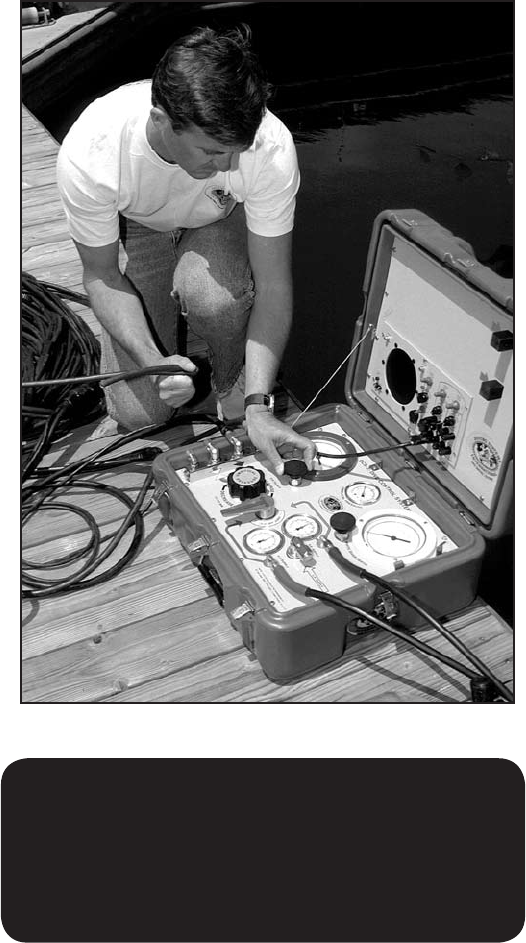
12
KMACS 5 MANUAL
© 2003 KMDSI Document # 041112001
2.5.3 TESTING THE PNEUMO
The pneumo supply may be tested in either the high
pressure supply mode or the low pressure supply
mode. To test the pneumo, select either mode and
pinch the open end (diver’s end) of the red diver
pneumo hose. With the hose crimped tightly shut,
slowly open the red pneumo valve (D) momentarily,
1/4 turn, and observe the needle’s response on the
red diver depth gauge (C).
2.6 PREPARING THE DIVER
The diver should be dressed in with the appropriate
exposure suit for the local water temperature. The
diver should be equipped with a harness to provide
an attachment point for his umbilical. By attach-
ing the umbilical to the harness, the possibility of
a direct pull on the diver’s helmet or mask will be
eliminated.
A bailout bottle should be mounted on the diver’s
harness. Always dive with a bailout bottle, no matter
how shallow the dive. The danger of entanglement
is always present and a bailout bottle will give the
diver that few extra minutes to free himself in the
event he becomes hung up on fishing line, wire, or
other submerged objects.
The bailout regulator should be equipped with a
quick disconnect whip to make it easier to dress the
diver in and out. In addition, the bailout regulator
should also be equipped with an over pressure relief
valve (Part #200-015). This will permit the regulator
to bleed off and not rupture the low pressure hose
connecting it to the diver’s bailout or emergency
valve, should the first stage develop a leak.
With the hose attached to the harness, tuck the
pneumo hose under the harness at the diver’s chest.
This serves two purposes: 1) it provides instant
access in the event the pneumo is to be used as an
alternative air supply; 2) gas absorption and elimina-
tion of nitrogen is considered to occur at the diver’s
chest level.
When diving under a potential decompression situa-
tion, a depth gauge or dive computer should be worn
by the diver as a backup system. If decompression
is anticipated there must be enough air on hand for
the diver to complete the dive and the decompres-
sion obligation.
2.7 THE DIVE SUPERVISOR
AND THE KMACS 5 OPERATOR
During the diving operation, one person should
always be in charge to avoid confusion. Generally,
this should be the most senior diver, by virtue of his
diving experience.
CAUTION: Do not “peg” the needle on
the pneumofathometer with a maximum
reading. A test of pressure equal to 50 feet
(15 meters) on the gauge is satisfactory to
ensure correct operation.
Close the valve after observing correct operation
and release the end of the pneumo hose. The gauge
needle should return to zero. Repeat the above pro-
cedure for the white diver.
Fig. 9 Carefully test the pneumo prior to every dive.



